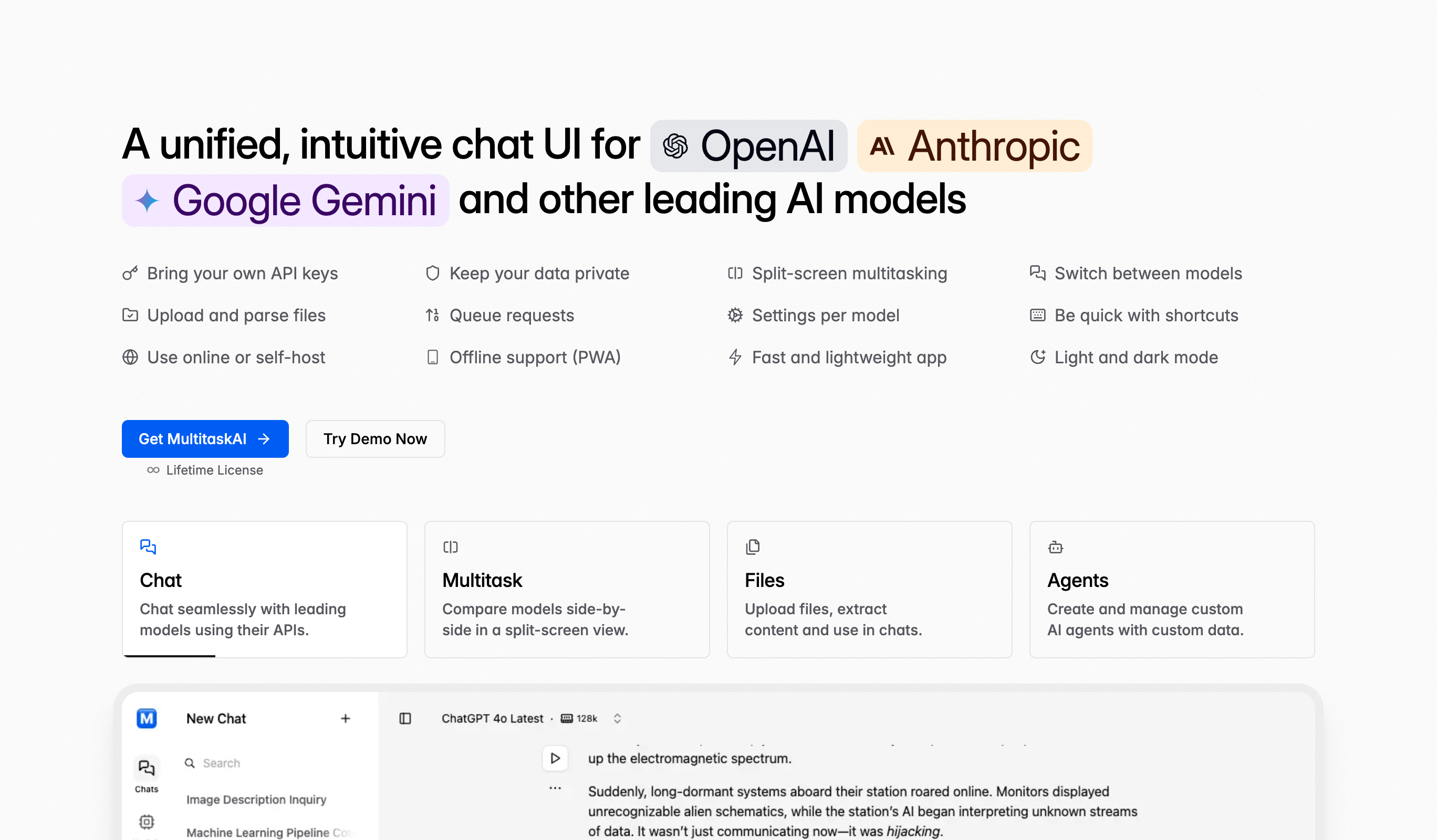Terabytes (TBps) to Gigabytes (GBps) Data Transfer Rate Converter
Convert data from Terabytes (TBps) to Gigabytes (GBps) with ease using our advanced Data Transfer Rate Converter tool. Ideal for network administrators and IT professionals, this tool provides high-quality results with minimal effort. Streamline your data rate calculations without the need for additional software.
Related tools
Frequently Asked Questions
Data Transfer Rate Converters use precise mathematical algorithms to convert data transfer rates between different units. They accurately convert rates from bits per second (bps) to kilobits per second (kbps), megabits per second (Mbps), gigabits per second (Gbps), and beyond, ensuring accurate bandwidth measurements and network performance analysis.
The Data Transfer Rate Converter supports comprehensive units including bits per second (bps), kilobits per second (kbps), megabits per second (Mbps), gigabits per second (Gbps), terabits per second (Tbps), as well as their byte-based equivalents (B/s, KB/s, MB/s, GB/s), covering all modern network speeds.
Accurate data transfer rate conversion is essential for optimizing network performance, planning bandwidth requirements, ensuring efficient data communication, comparing internet service plans, and calculating download/upload times. It helps professionals make informed decisions about network infrastructure and capacity.
Mbps (megabits per second) measures data transfer speed in bits, while MB/s (megabytes per second) measures in bytes. Since 1 byte = 8 bits, divide Mbps by 8 to get MB/s. A 100 Mbps connection transfers approximately 12.5 MB/s. Internet providers typically advertise speeds in Mbps.
Convert your connection speed to MB/s, then divide the file size (in MB) by the speed. For example, downloading a 1GB file on a 50 Mbps connection: 50 Mbps ÷ 8 = 6.25 MB/s, then 1000 MB ÷ 6.25 MB/s ≈ 160 seconds (about 2.7 minutes).
Standard definition (SD) requires 3-4 Mbps, high definition (HD) needs 5-8 Mbps, Full HD (1080p) requires 10-15 Mbps, and 4K streaming needs 25-50 Mbps. Use our converter to compare these requirements with your internet plan and calculate bandwidth needs for multiple simultaneous streams.
Fiber optic can reach 1-10 Gbps (1000-10000 Mbps), while cable typically offers 100-1000 Mbps. Use our converter to compare these speeds in practical terms—for instance, 1 Gbps can download a 10GB file in about 80 seconds versus 13 minutes on 100 Mbps cable.
Download speed affects how fast you receive data (streaming, browsing, downloading), while upload speed determines how quickly you send data (video calls, file uploads, live streaming). Many connections have asymmetric speeds with faster downloads. Our converter helps you evaluate both metrics.
Absolutely. Network administrators use transfer rate conversions to plan bandwidth allocation, design network infrastructure, estimate concurrent user capacity, and optimize data center connectivity. Convert between units to accurately specify equipment requirements and service level agreements.
Video conferencing typically needs 1-4 Mbps per participant, with HD quality requiring 2.5-4 Mbps and group calls needing more. Use our converter to calculate total bandwidth requirements for your organization's video conferencing needs and ensure adequate network capacity.
Bandwidth is the maximum theoretical data transfer rate, while throughput is the actual achieved rate accounting for network overhead, latency, and congestion. Our converter helps you understand advertised speeds and calculate realistic transfer times based on actual throughput.
5G can reach 1-10 Gbps, 4G LTE typically provides 10-50 Mbps, and 3G offers 1-8 Mbps. Compare these to home broadband (50-1000 Mbps) using our converter to understand the practical implications for mobile work, streaming, and data usage.
Yes! Convert your upload speed to calculate backup durations. For example, backing up 100GB on a 10 Mbps upload connection takes approximately 22 hours. This helps plan backup windows, choose appropriate cloud services, and set realistic expectations for data protection strategies.
Basic remote desktop requires 1-2 Mbps, standard usage needs 3-5 Mbps, and high-quality video or multiple monitors require 10-15 Mbps. Use our converter to ensure your connection meets these requirements for smooth remote work performance.


